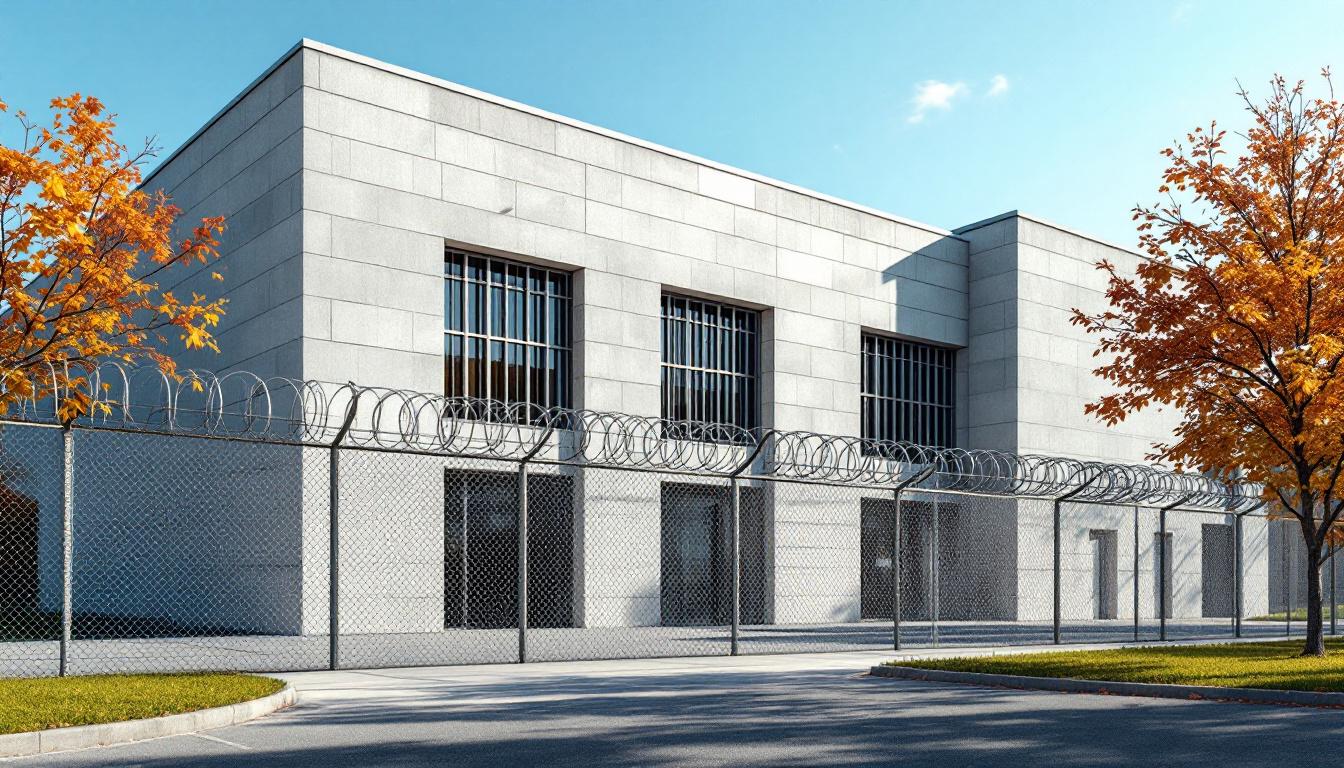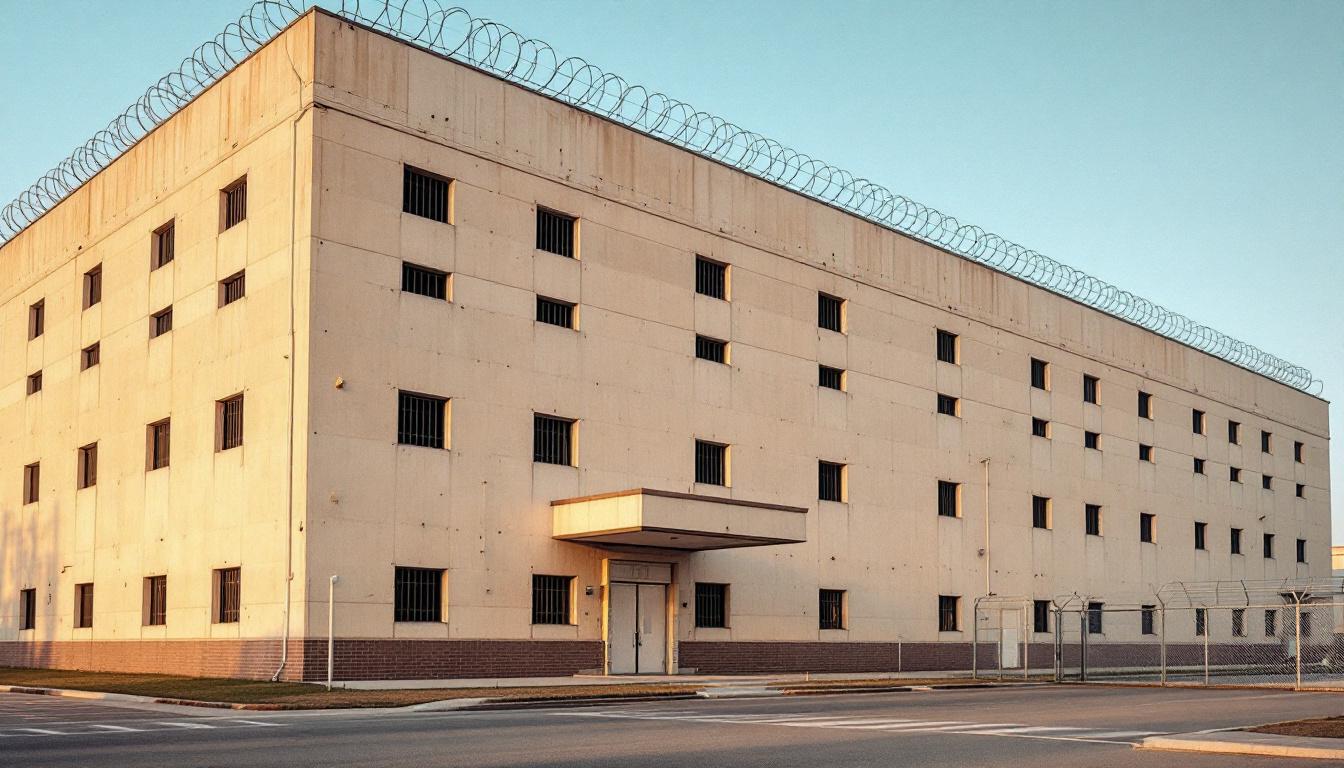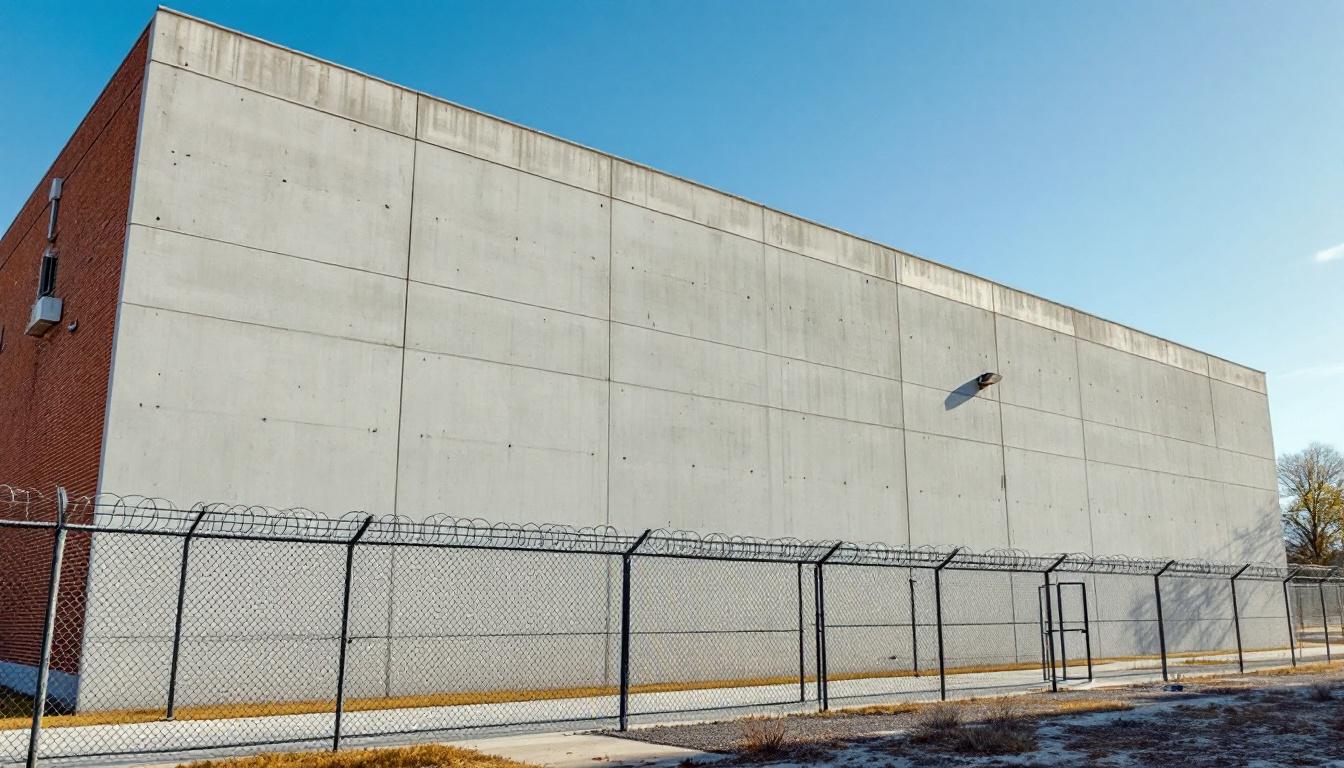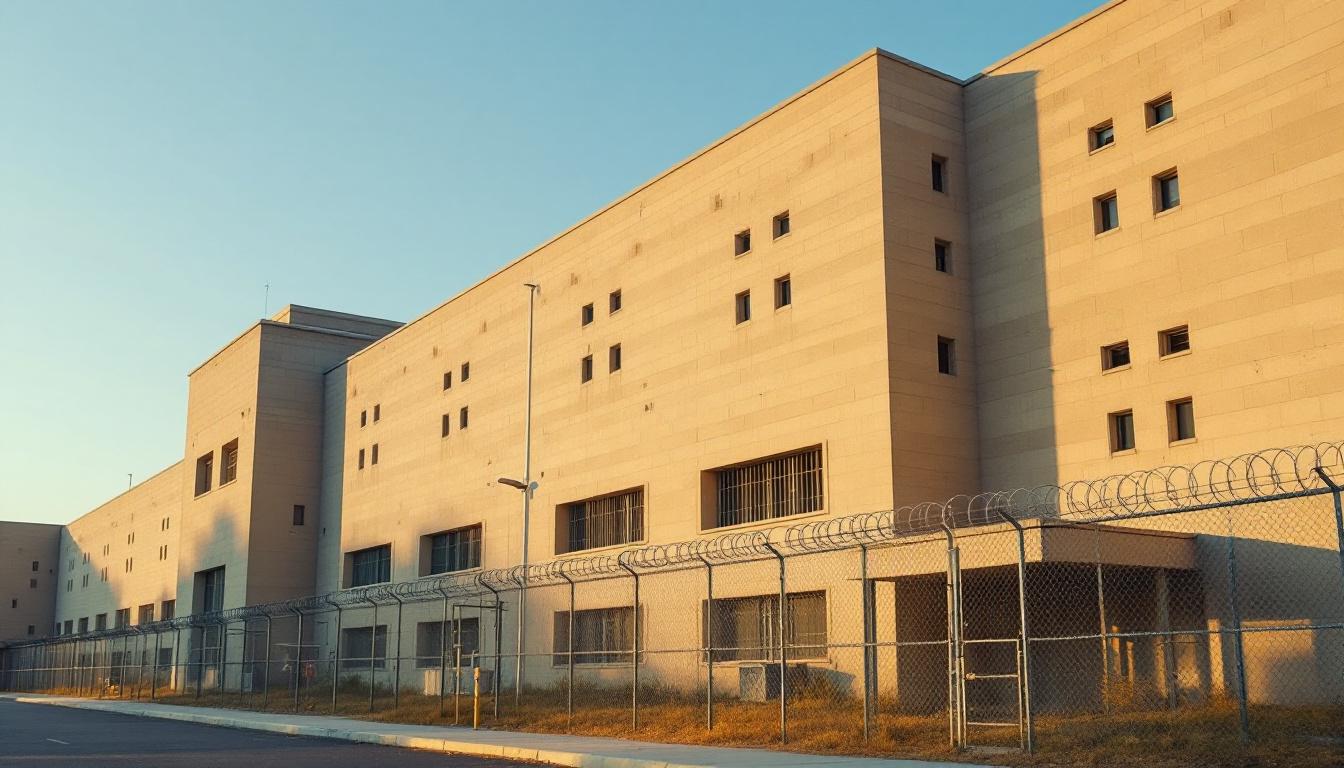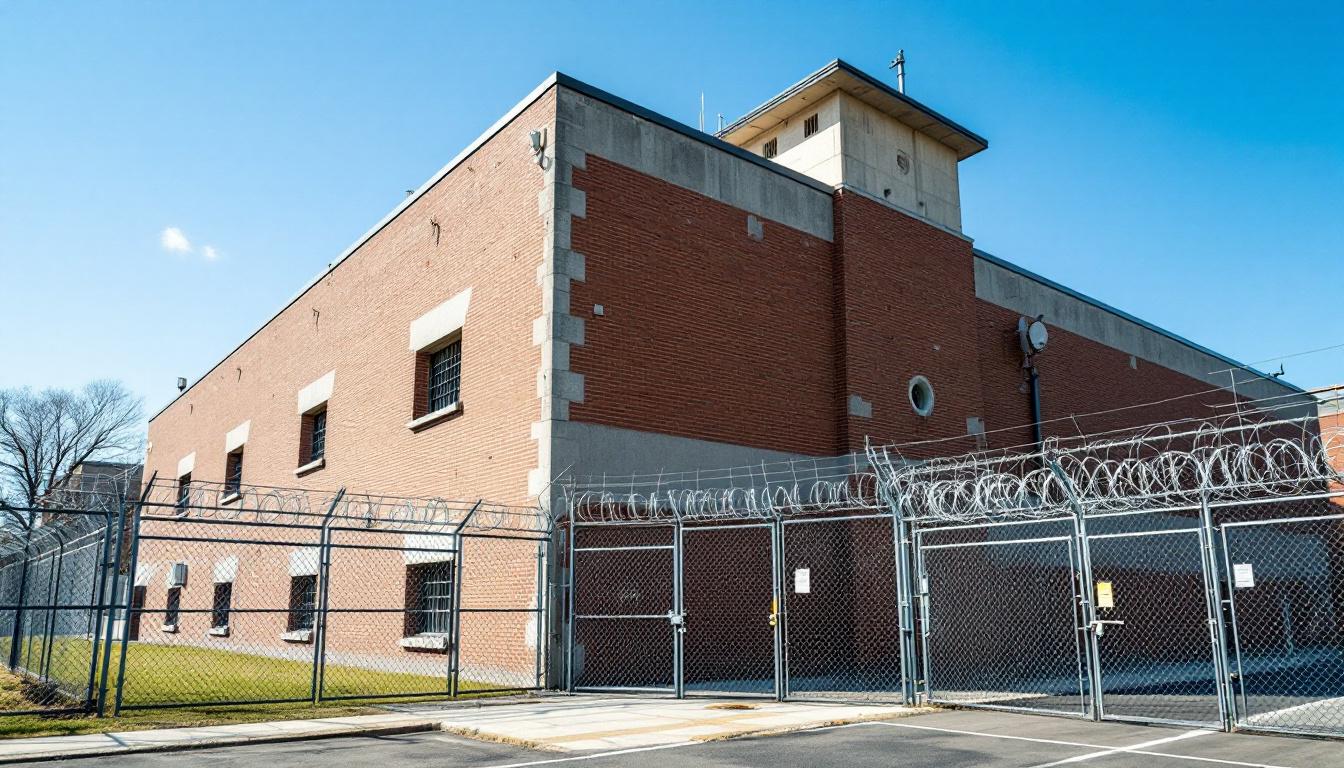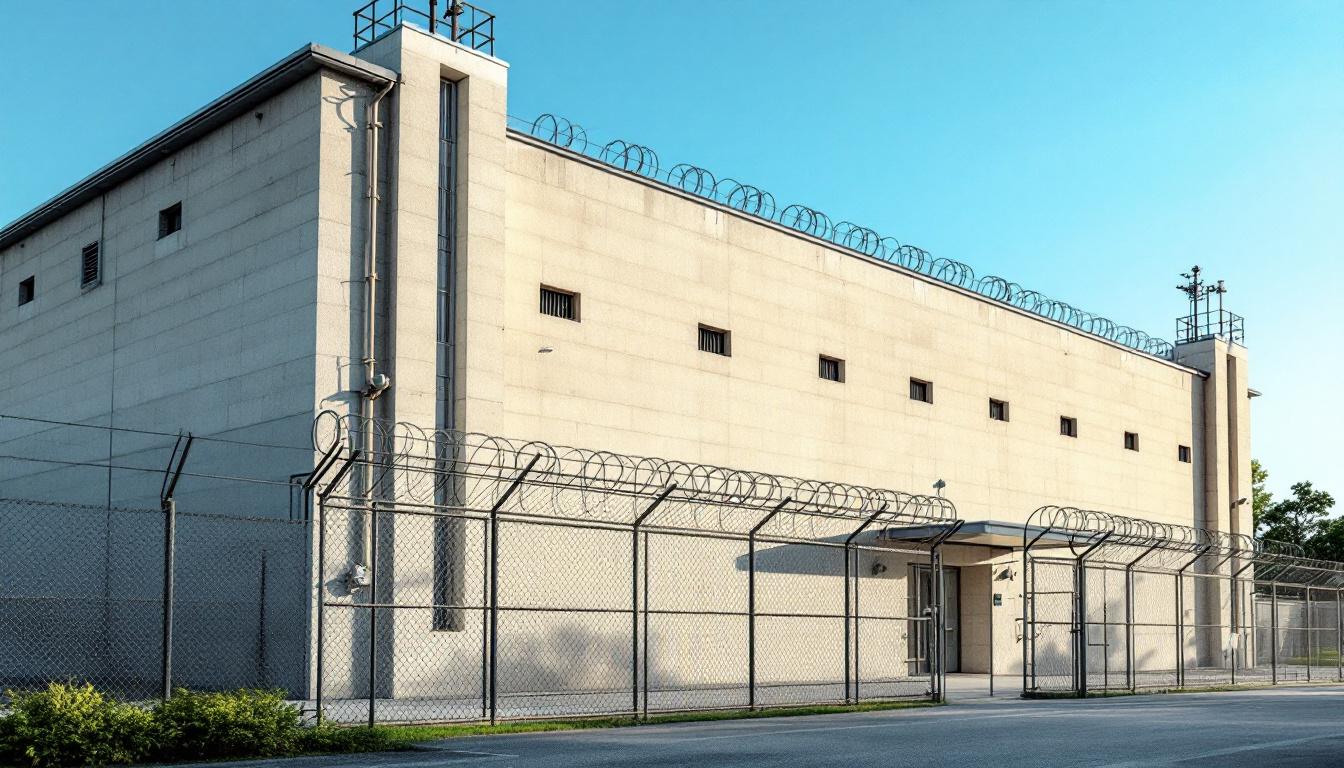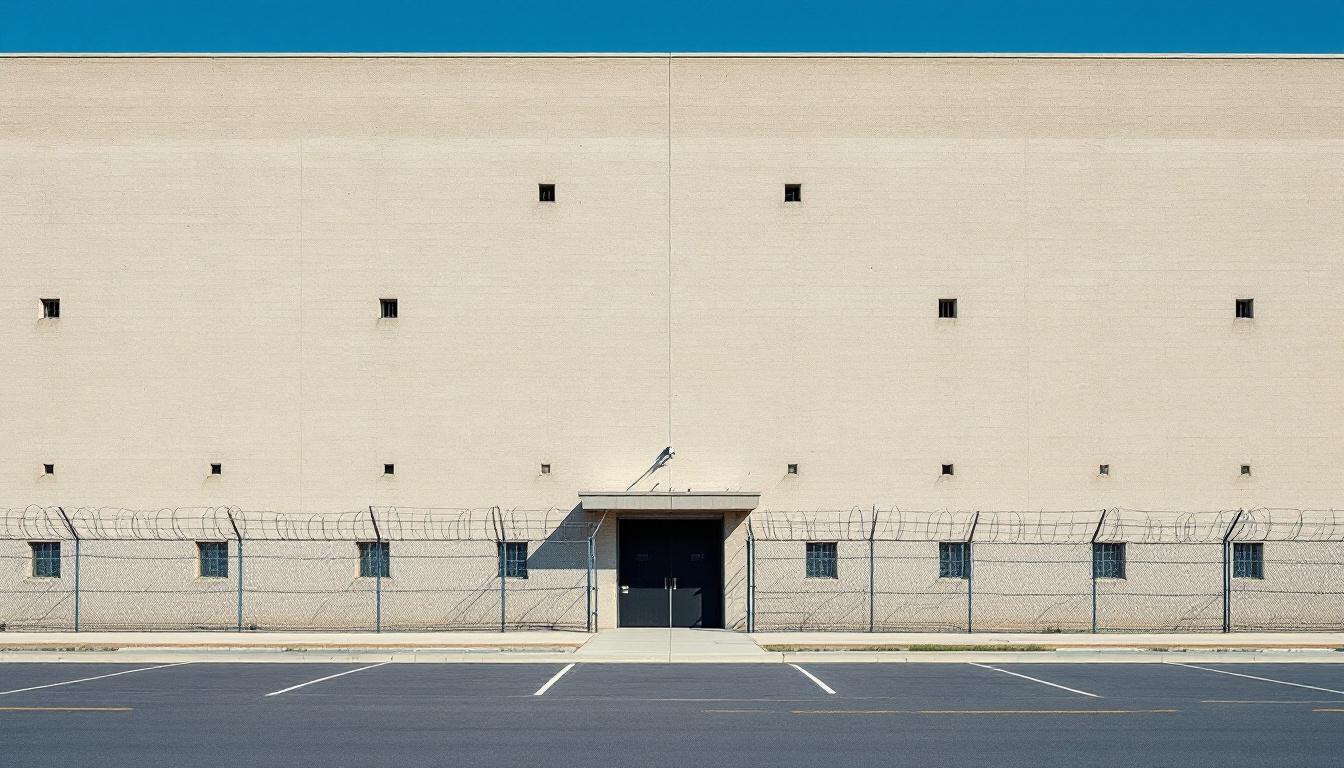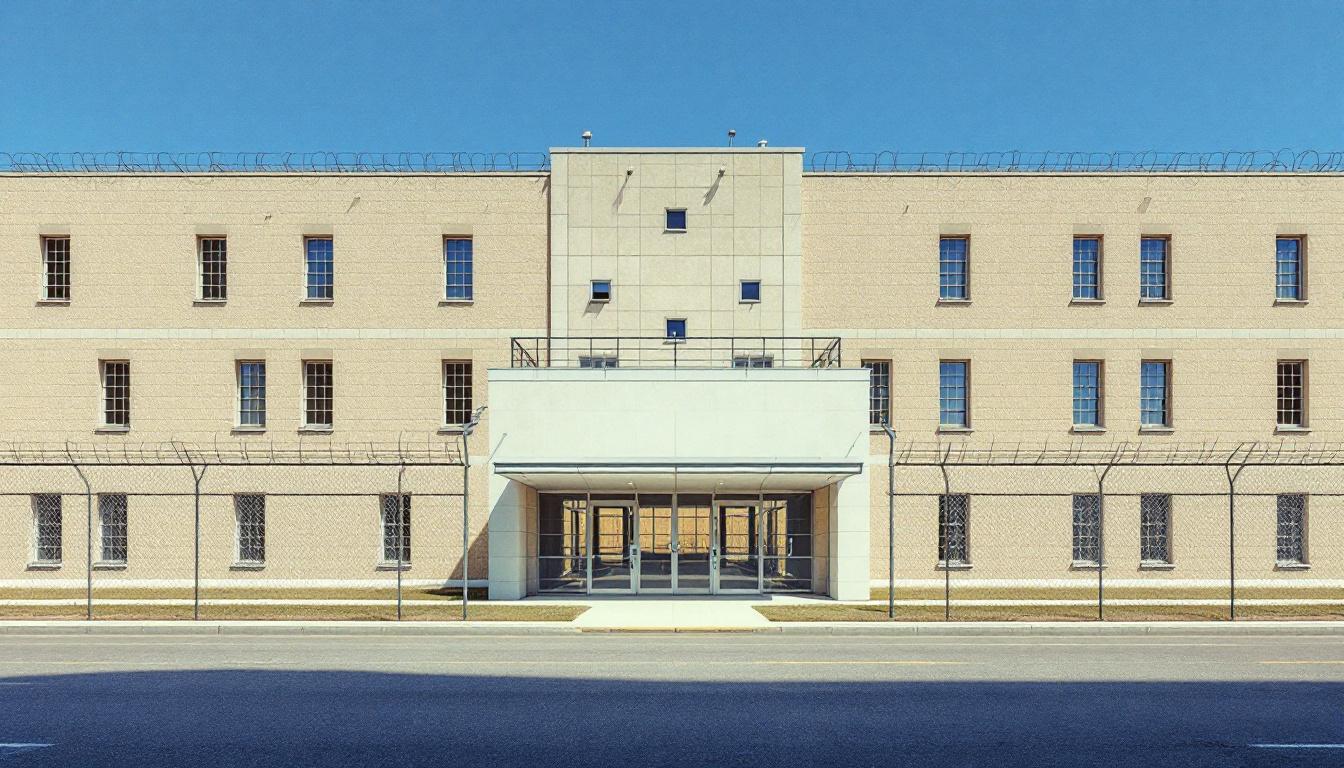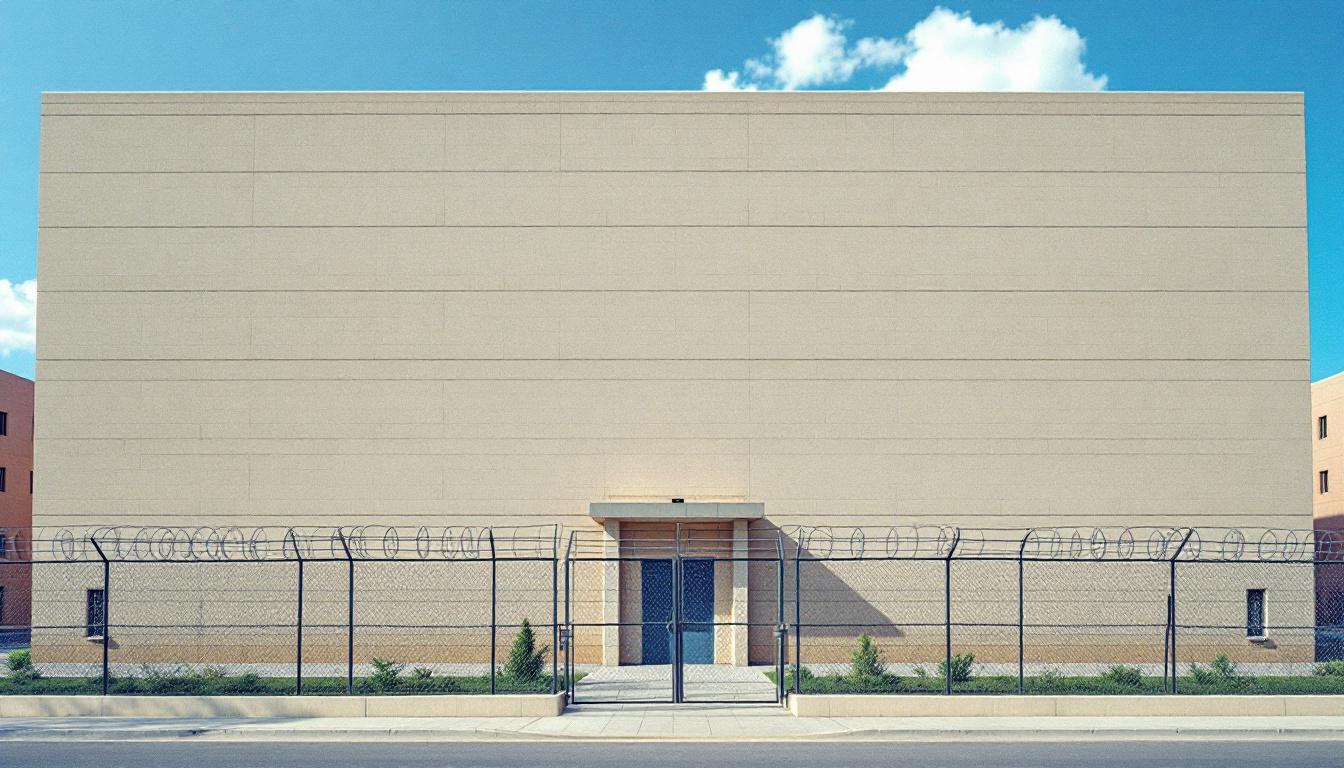
Quick Navigation
How to contact an inmate at USP-2 Coleman
This comprehensive guide will walk you through how to connect with an inmate at USP-2 Coleman. Follow the steps below to find an inmate and send letters and photos:
- Search for the inmate using our search tool below
- Create your account or log in to Penmate
- Write your message (up to 6,000 characters)
- Send instantly - inmates receive printed copies daily
Find an Inmate
Search for an inmate to start communicating today
Tip: You can search by first name, last name, or inmate ID number
To contact a person at USP-2 Coleman start by searching for the person on the official facility website. Perform a search by following these steps:
- Step 1: Enter their first name and last name into the search form and click "Search"
- Step 2: Locate their inmate record
- Step 3: Write down their Inmate ID and any housing information provided
Important! Be sure to enter the person's full name. Nicknames should not be used.
How to Send Messages to Inmates

You can use your phone or computer to send emails, letters, and photos to an inmate. Messages are sent electronically to inmate tablets or kiosks at the facility. If you would like to send a message, start by searching for an inmate at USP-2 Coleman.
Sending Photos and Postcards

A great way to send love and support to a loved one at USP-2 Coleman is to send photos and postcards. It only takes a few minutes to send photos from your phone and it makes a huge difference. You can also mail postcards with words of support and inspiration, or design your own postcard for special moments like birthdays and holidays.
Important! Be sure not to send any explicit photos or they may not be approved by the facility. You can also use a photo printing app like Penmate to make sure your photos are printed at the correct size (4x6 or 3x5) and are mailed according to the rules and regulations of USP-2 Coleman.
Frequently asked questions about USP-2 Coleman
-
How long does it take to deliver a message?
If you're sending an email message your letter is usually delivered within 24-48 hours. For messages sent via mail you should expect delivery within 3-7 days. All messages will need be approved by USP-2 Coleman.
-
How much does it cost to send a message to USP-2 Coleman?
You can send a message free using your phone or mail a message via USPS for the price of a $0.60 stamp and envelope. You can also purchase credits or e-stamps from services starting at $1.99.
-
What services can I use to contact an inmate at USP-2 Coleman?
Penmate
You can use Penmate to send letters and photos to an inmate from your phone. It's an easy way to stay in touch during your loved one's incarceration. Use the inmate locator to find an inmate's location and contact information, then you can send messages within a few minutes.
Securus messaging
Securus may be another option for communicating with an inmate at USP-2 Coleman. You can create a friends and family account and purchase credits to send messages. All messages will be reviewed and must be approved by the facility.
JPay
Some county jails and state prisons may support sending messages with JPay. You must register an account with the system, find your loved one, and purchase stamps to send messages. For some locations you can also attach photos.
Smart Jail Mail
You may also check if Smart Jail Mail is available at USP-2 Coleman. Smart Jail Mail is operated by Smart Communications and has contracted with some state and county jails. After purchasing credits, your messages and photos are sent to the facility, printed out, and then handed out to your loved one.
-
What is the mailing address of USP-2 Coleman?
Mailing address:
USP-2 Coleman
846 NE 54th Ter
Wildwood, FL 34785
Phone: (352) 689-7000Business hours:
- Monday: 9:00 AM – 8:00 PM
- Tuesday: 9:00 AM – 8:00 PM
- Wednesday: 9:00 AM – 8:00 PM
- Thursday: 9:00 AM – 8:00 PM
- Friday: 9:00 AM – 8:00 PM
- Saturday: 9:00 AM – 8:00 PM
- Sunday: Closed
-
What are the visiting hours at USP-2 Coleman?
Visiting hours at USP-2 Coleman vary by housing unit and security level. Generally, visits are scheduled on weekends and holidays, with some facilities offering weekday visits. Contact the facility directly at (352) 689-7000 or check their website for the current visiting schedule. Visits typically last 30-60 minutes and must be scheduled in advance.
-
What items are prohibited when sending mail to USP-2 Coleman?
Prohibited items typically include: cash, personal checks, stamps, stickers, glitter, glue, tape, staples, paperclips, polaroid photos, musical or blank greeting cards, hardcover books, magazines with staples, and any items containing metal or electronics. Only send letters on plain white paper with blue or black ink. Photos must be printed on regular photo paper (no Polaroids). Always check with USP-2 Coleman for their specific mail policies.
-
How do I send money to an inmate at USP-2 Coleman?
You can send money to an inmate at USP-2 Coleman through several methods: 1) Online using JPay, Access Corrections, or the facility's approved vendor, 2) Money orders mailed directly to the facility with the inmate's name and ID number, 3) Kiosks located in the facility lobby, or 4) Over the phone using a credit or debit card. Fees vary by method, typically ranging from $2.95 to $11.95 per transaction.
-
Can I schedule a video visit with an inmate at USP-2 Coleman?
Many facilities now offer video visitation as an alternative to in-person visits. At USP-2 Coleman, video visits may be available through services like Penmate, Securus Video Connect, GTL, or ICSolutions. Video visits typically cost $10-20 for 20-30 minutes and must be scheduled in advance. You'll need a computer or smartphone with a camera and reliable internet connection. Contact the facility for their specific video visitation policies and approved vendors.
-
What identification do I need to visit an inmate at USP-2 Coleman?
All visitors must present valid government-issued photo identification such as a driver's license, state ID, passport, or military ID. Minors must be accompanied by a parent or legal guardian who can provide the minor's birth certificate. Some facilities require visitors to be on the inmate's approved visitation list, which may require a background check. Contact USP-2 Coleman for specific ID requirements and visitor approval procedures.
-
How can I find out an inmate's release date?
To find an inmate's release date at USP-2 Coleman, you can: 1) Use the online inmate search tool if available, 2) Call the facility's records department, 3) Contact the inmate's case manager or counselor, or 4) Have the inmate provide this information during a call or visit. For privacy reasons, some facilities only release this information to immediate family members.
Facility Overview
Official Website

About USP-2 Coleman
Within Pennsylvania's correctional landscape, the communities surrounding Waymart benefit from having a federal correctional facility that prioritizes both public safety and meaningful rehabilitation opportunities. USP Coleman II, FL operates as a medium-security institution that typically balances the dual responsibilities of secure custody and preparing individuals for successful community reintegration. The facility generally serves the broader Mid-Atlantic region's correctional needs while maintaining strong connections to local resources and support networks that may assist both residents and their families during incarceration periods.
Educational programming and vocational training opportunities are often central to the facility's approach to rehabilitation, with inmates services potentially including literacy programs, job skills development, and substance abuse counseling. The PA correctional facility typically coordinates with regional educational institutions and community organizations to provide pathways for personal growth and skill building. Mental health support and medical care generally form essential components of daily operations, ensuring that individuals receive appropriate treatment and preparation for their eventual return to society.
Located in the rural setting of Waymart, this correctional facility often serves as both a secure environment and a bridge between incarceration and community reintegration. The institution may offer religious services, recreational activities, and family visitation programs that help maintain important personal connections during incarceration. As part of Pennsylvania's broader correctional network, the facility typically works in coordination with other institutions and community partners to ensure continuity of care and support throughout an individual's journey through the justice system.
Programs & Services
The transformative power of structured personal development lies at the heart of rehabilitation services, where inmates engage in comprehensive programming designed to address the multifaceted challenges they face upon reentry. Through carefully coordinated therapeutic interventions and skill-building opportunities, participants typically develop essential competencies that extend far beyond basic compliance, fostering genuine behavioral change and emotional growth. This holistic approach recognizes that meaningful rehabilitation requires addressing underlying issues while simultaneously building practical capabilities for successful community integration.
Educational services form the cornerstone of long-term development, with vocational education programs often providing inmates with marketable skills in high-demand trades and industries. These comprehensive education programs may encompass both academic advancement opportunities and specialized training modules that prepare participants for employment in various sectors. Furthermore, the curriculum typically emphasizes not only technical proficiency but also workplace readiness skills, ensuring that inmates develop both the practical abilities and professional demeanor necessary for sustained employment success.
Therapeutic communities represent a sophisticated treatment modality that addresses complex behavioral and psychological challenges through peer support and structured group dynamics. Dual diagnosis treatment services may provide specialized intervention for inmates managing co-occurring mental health and substance abuse issues, utilizing evidence-based approaches that address these interconnected conditions simultaneously. Additionally, support services often include targeted programming in areas such as time management and healthy relationships, while practical skill development through activities like masonry training helps inmates build both confidence and concrete abilities that contribute to their overall rehabilitation trajectory.
Daily Life & Visitation
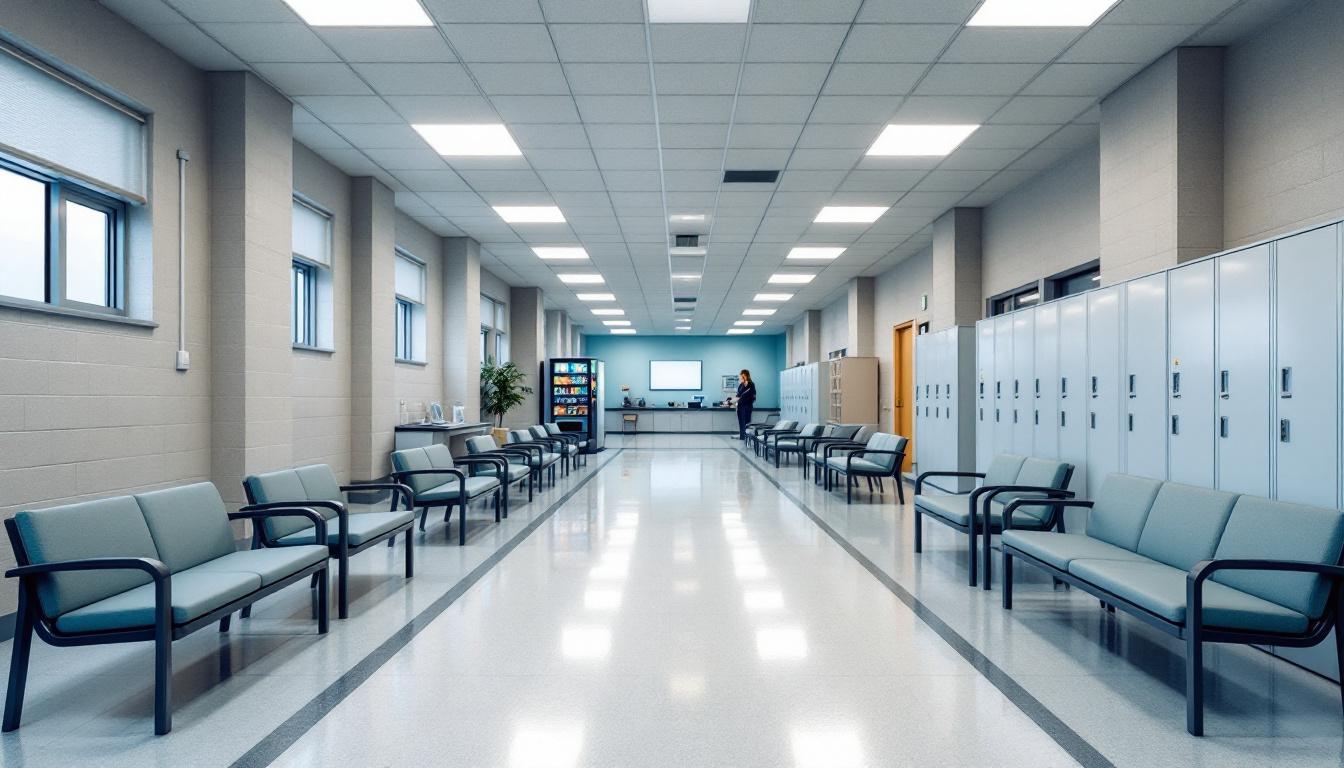
The concrete corridors and steel-reinforced housing units of USP Coleman II create a highly structured environment where every aspect of daily life operates within carefully established parameters. Inmates currently navigate a regimented schedule that begins with early morning counts and continues to unfold through predetermined meal times, work assignments, and recreational periods. The facility's layout typically includes multiple housing units where inmates generally follow consistent routines that provide stability and predictability within the correctional setting.
Living accommodations usually consist of shared cells or dormitory-style housing where inmates adapt to limited personal space and communal living arrangements. The dining facilities generally serve meals at designated times, with inmates often eating in large common areas under supervision. Furthermore, inmates typically receive opportunities to personalize their living spaces within established guidelines, maintaining personal property such as approved clothing, books, and hygiene items that may be purchased through the commissary system.
Structured programming schedules provide inmates with various activities including educational courses, vocational training, and recreational opportunities that may include fitness facilities and outdoor exercise areas. Although visitation policies typically allow for regular family contact, these interactions generally occur within designated visiting areas and follow specific scheduling procedures. Work assignments throughout the facility often include maintenance duties, food service positions, and administrative support roles that provide structure and may offer modest compensation. Communication with family members usually continues through monitored phone calls and correspondence, helping inmates maintain important connections to their support systems outside the facility walls.
Ready to Connect?
Start communicating with your loved one today
Search for an Inmate
